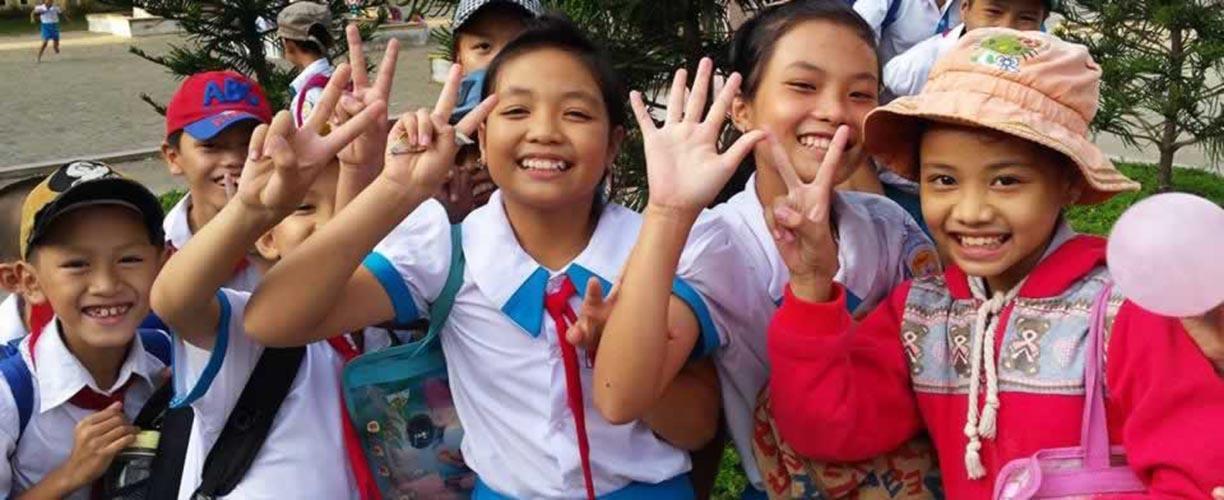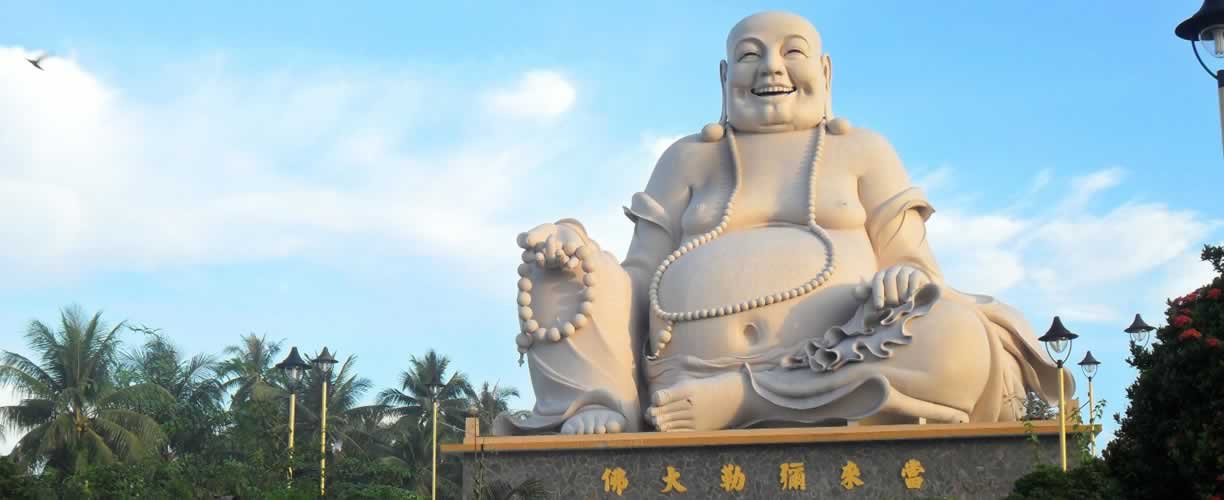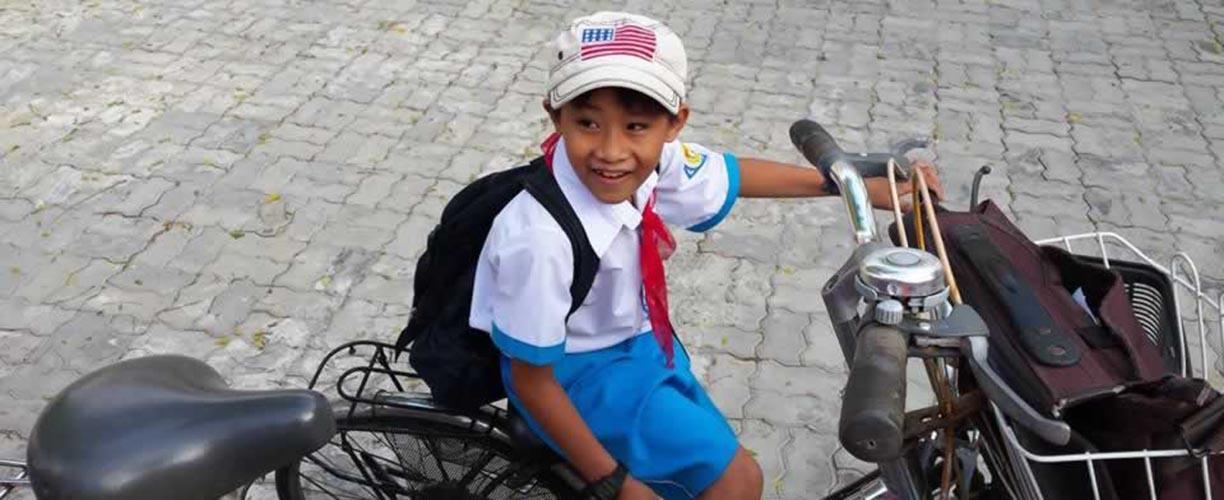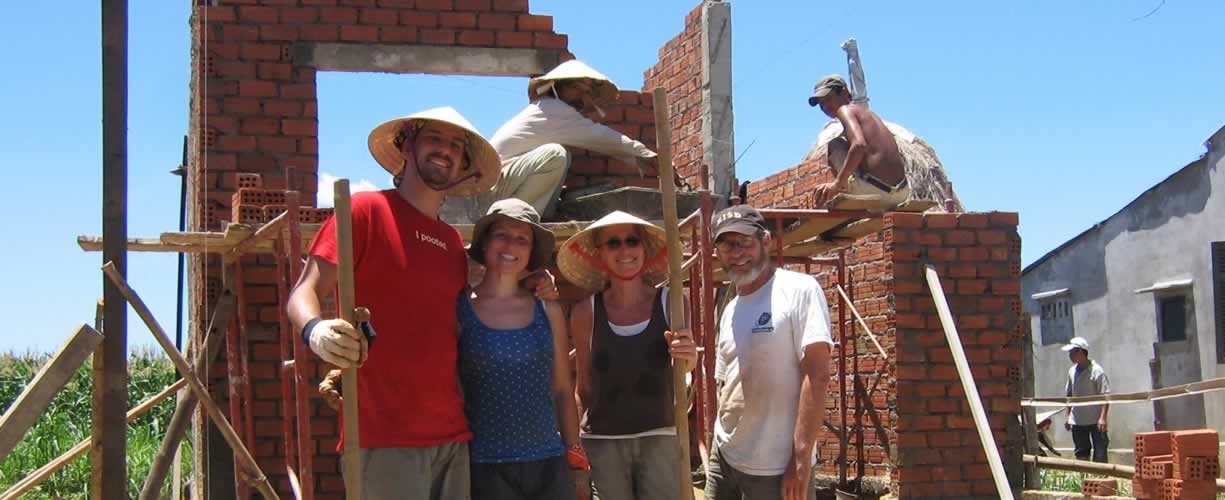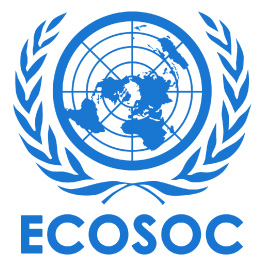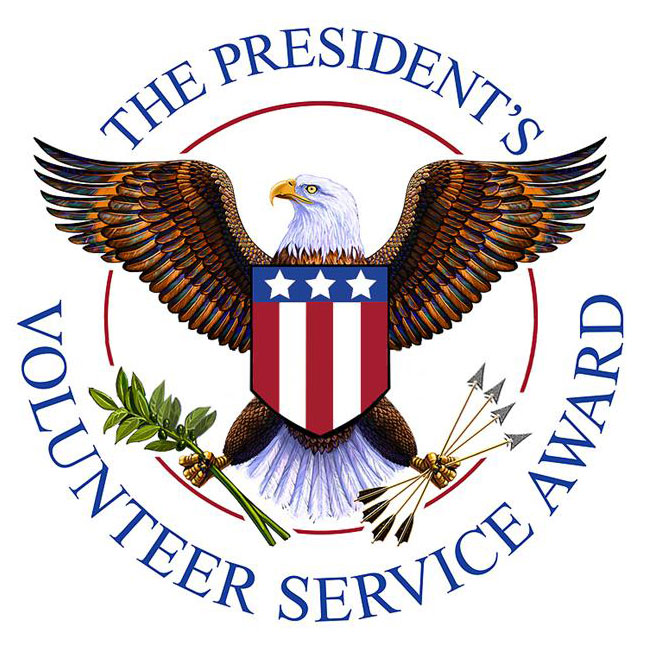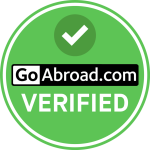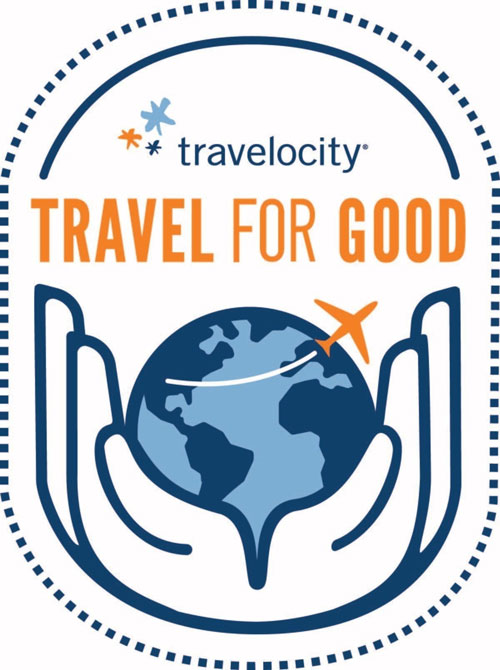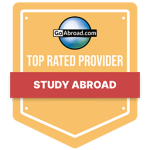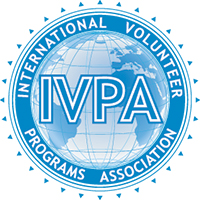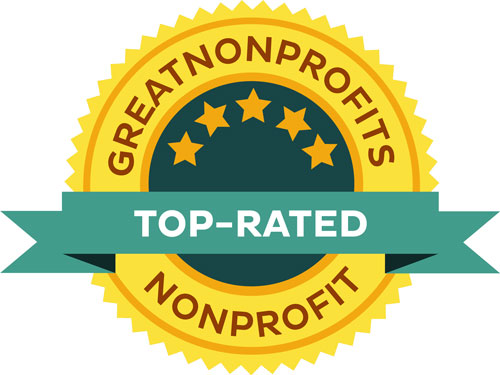Despite Vietnam's ongoing economic liberalisation and the pressures of rapid development, this dignified country has managed to preserve its rich civilisation and highly cultured society. Most visitors to Vietnam are overwhelmed by the sublime beauty of the country's natural setting: the Red River Delta in the north, the Mekong Delta in the south and almost the entire coastal strip are a patchwork of brilliant green rice paddies tended by women in conical hats. There are some divine beaches along the coast too, while inland there are soaring mountains, some of which are cloaked by dense, misty forests.
The country has discarded its post-war fatigues and the boom in budget travelling, coupled with the softening of government control, have enabled more contemporary and relevant portraits of the country to gain currency in the West. Vietnam offers an opportunity to see a country of traditional charm and rare beauty rapidly opening up to the outside world.
Full country name: Socialist Republic of Vietnam
Area: 329,566 sq km (128,527 sq mi)
Population: 79 million
Capital city: Hanoi (pop 3.5 million)
People: 84% ethnic Vietnamese, 2% ethnic Chinese, also Khmers, Chams (a remnant of the once-great Indianised Champa Kingdom) and members of over 50 ethnolinguistic groups (also known as Montagnards, 'highlanders' in French)
Language: Vietnamese, Russian, French, Chinese, English and a variety of Khmer and Laotian dialects
Religion: Buddhism is the principal religion but there are also sizeable Taoist, Confucian, Hoa Hao, Caodaists, Muslim and Christian minorities
Government: Communist People's Republic
President: Tran Duc Luong
Prime Minister: Phan Van Khai
GDP: US$24 billion
GDP per head: US$300
Annual growth: 8%
Inflation: 8%
Major products/industries: Rice, rubber, food processing, sugar, textiles, chemicals
Major trading partners: China, Singapore, South Korea, Japan, Taiwan
